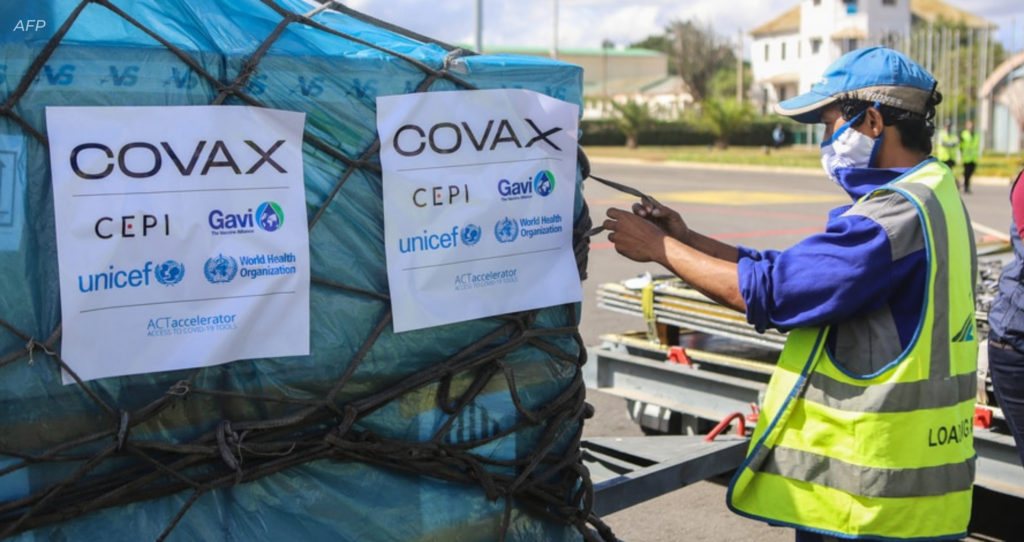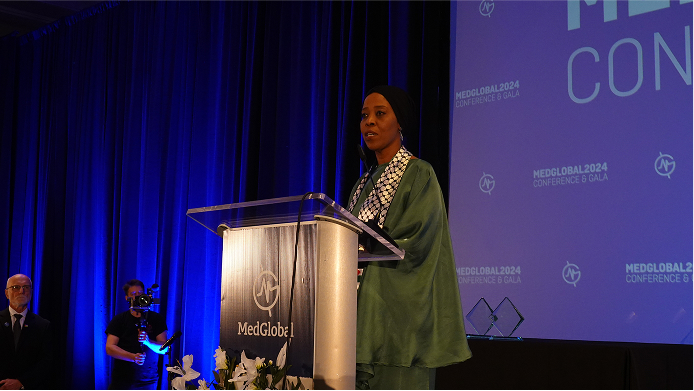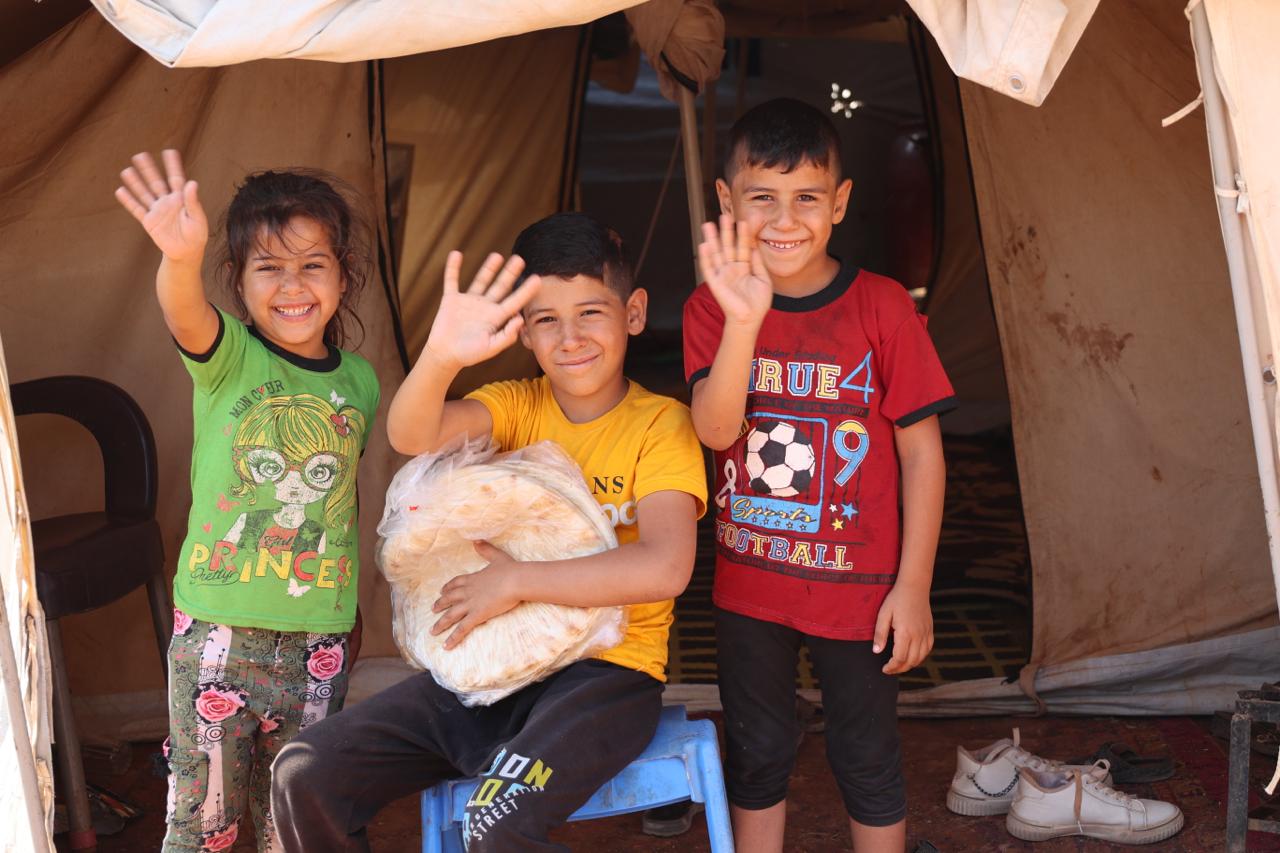Updates & Press
Featured | July 12, 2021
Reaching those most in need: COVAX & the huma
Author | MedGlobalComms

By Valerie Nguyen, MedGlobal Policy Intern
Over a year into the global pandemic, the rapid COVID-19 vaccine research and production proves hopeful in finally making steps toward ending the pandemic. However, COVID-19 still disproportionately impacts vulnerable populations without reliable access to the vaccine – leaving a massive number of people unprotected from the virus. The COVAX program was implemented as the vaccine pillar to the Access to COVID-19 Tools (ACT) Accelerator, a global collaboration between the World Health Organization and other global health agencies beginning in April 2020. COVAX established the Humanitarian Buffer to provide vaccines to vulnerable populations, particularly refugees, internally displaced persons (IDPs), stateless people, at-risk individuals, people facing humanitarian crises, and others who are unlikely to receive vaccines through a national vaccination strategy – essentially, the buffer is set up to act as a “last resort” for access to COVID-19 vaccines. The buffer was created to supplement and fill in gaps of existing national vaccination plans for populations who may fall through the cracks. The Inter-Agency Standing Committee (IASC) estimates there are approximately 167 million people at risk of exclusion from receiving a COVID-19 vaccine, almost half of whom are refugees, IDPs, or stateless people. An estimated 60 – 80 million people in areas outside the de facto control of national governments could be outside of reach, such as those in northwest Syria. The buffer intends to reach those in hard-to-reach areas, such as conflict areas and geographically isolated areas.
National governments participating in the COVAX program and humanitarian agencies can apply for the Humanitarian Buffer. National governments are required to demonstrate why the population of concern was not included in the national vaccination plan and provide evidence of attempts to cover this population. Similarly, humanitarian agencies are required to demonstrate that there is a clear gap in vaccine coverage and access for the population of concern, as well as the agency’s competency to deliver vaccines to the population in question.
The Humanitarian Buffer was intended to be agile and respond to dynamic situations, but it is not intended to cover vaccines for entire communities – leaving millions of people without access to a vaccine, and at risk of a COVID-19 outbreak. MedGlobal released the report “Vaccine Equity & Access in Crisis” detailing the widespread inaccessibility of COVID-19 vaccines in our countries of operation. This report highlights that forcibly displaced people experienced COVID-19 effects in over 100 countries, majority low or middle-income countries often operating with very limited health resources and medical providers. The report details the significant discrepancy of access to healthcare between wealthy and lower-income areas, especially for vulnerable populations located in conflict-affected or fragile states. Offering the Humanitarian Buffer under COVAX is a hopeful step to ensure marginalized populations in humanitarian settings are accounted for outside of national vaccination rollouts, but there are still many technical details that need to be ironed out – from burden of legal risk to the threat of insecure conditions – if the buffer will be utilized effectively in offering vaccines to the populations it was intended for.


